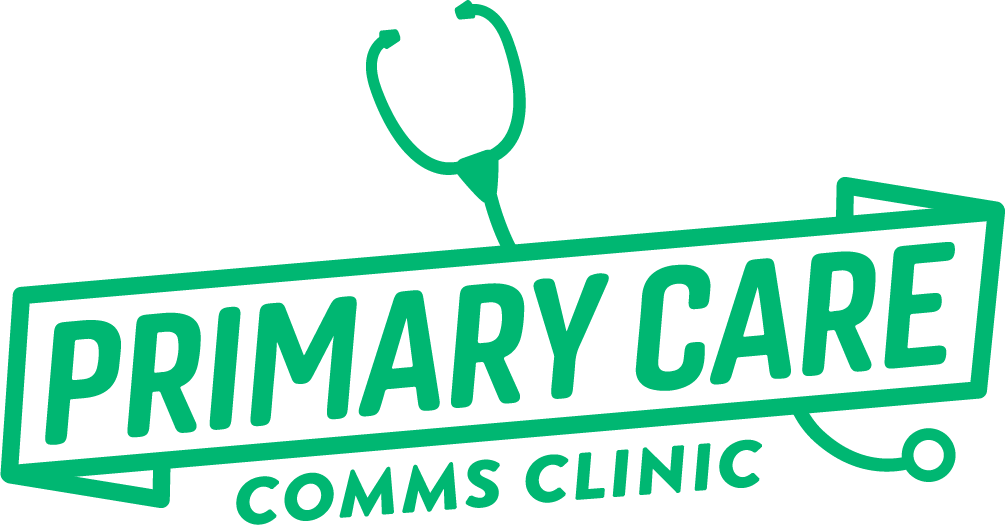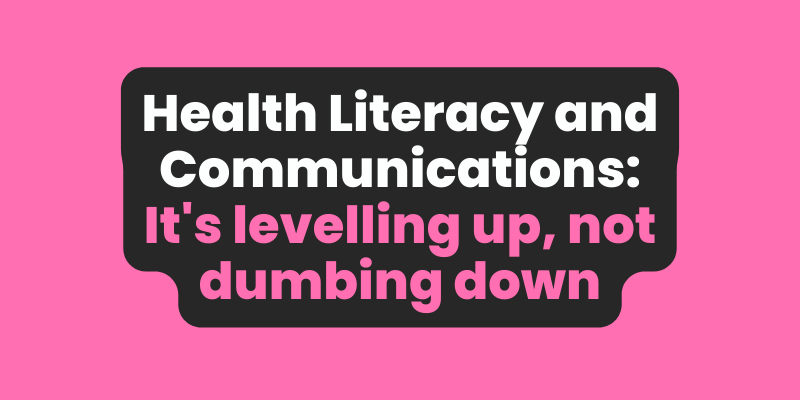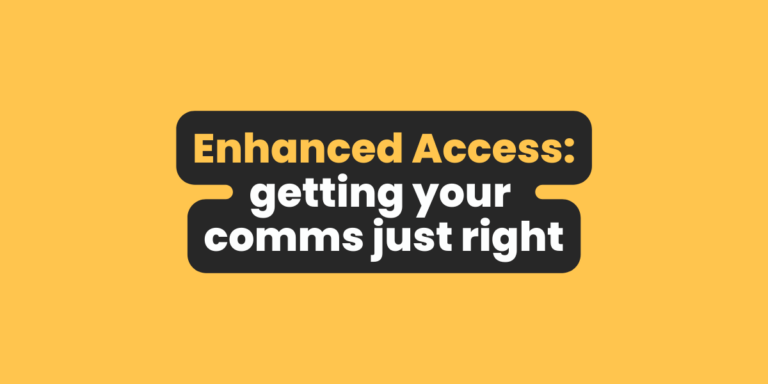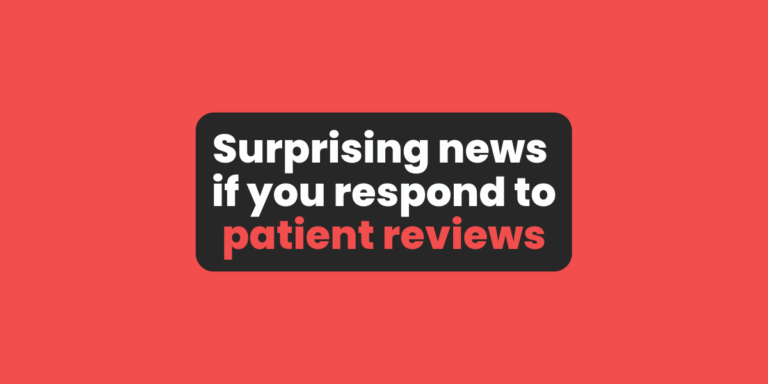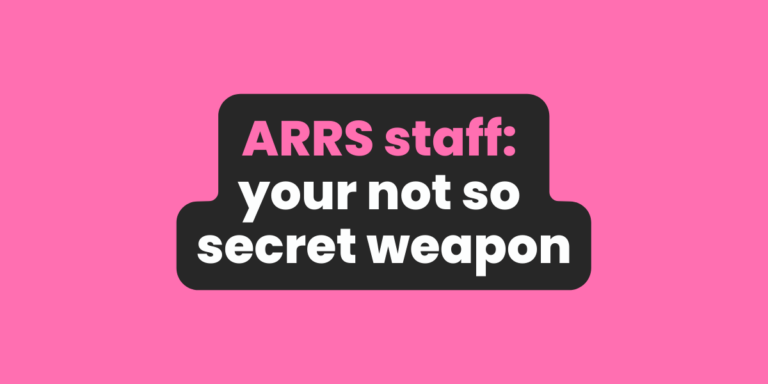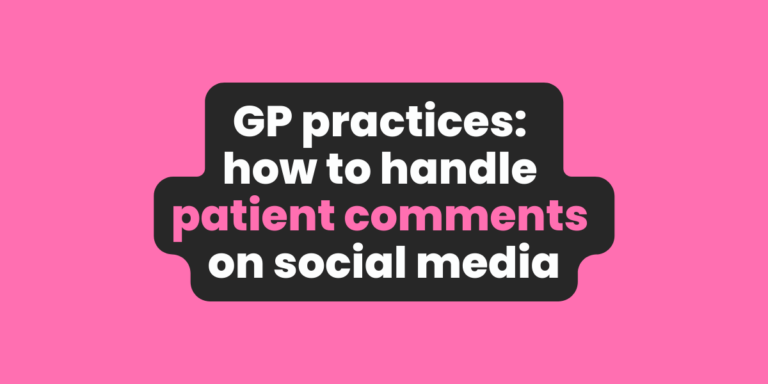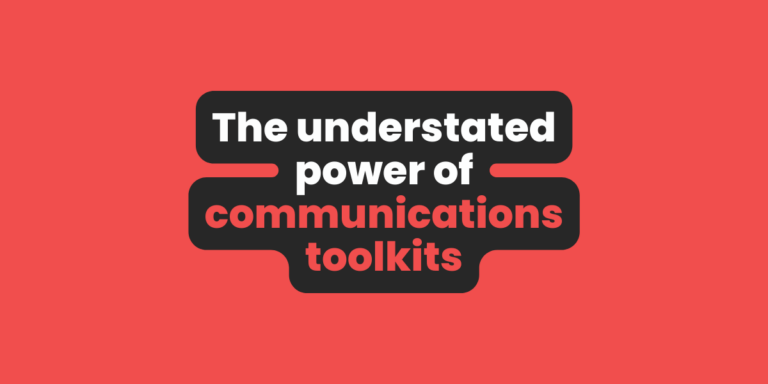Did you know that October is Health Literacy Awareness Month? Not another awareness month to read up on I hear you say! We get it; there seems to be an awareness day for everything but as the people who take care of the communications in primary care teams, this is one we all need to understand and get on board with!
Imagine for a moment that half your audience doesn’t understand your key messages or get how they relate to their own health journey. Picture the tired parent with a poorly child at 3am trying to decide whether they should call 111 or drive straight to A&E. Or the elderly gentleman who can’t fathom out the instructions on his box of tablets if he should take two tablets twice a day or two tablets every two days for his condition.
All types of healthcare information and communications need to reach everyone in a way that they can understand and navigate. Health literacy matters and here are some simple things you can start doing now to “level up” any type of health literature you have.
Health Literacy Affects More People Than We Think
Did you know that in the UK:
- Up to 1 million people cannot speak English well or at all
- 1 in 6 people have very low literacy skills
- 50% of the population are at or below primary school numeracy level
- Older people are likely to have lower health literacy.
These stats from the Patient Information Forum are the tip of the iceberg. Lower health literacy can result in poor health decisions, negativity towards health and healthcare professionals, the ability to self-care, and contributes to more health inequalities which we don’t need any more of right now.
Health Literacy Changes
Health literacy is important for everyone, but you might be surprised to learn it changes when faced with different situations – when you’re tired, unwell, or distracted. Can you see why it might impact what our patients do and say about us as GP practices?
People need trustworthy information to make decisions about health from the people they know and trust already – and that’s where GP practices come in.
To make sure you are creating health-literate information for everyone, concentrate on three key things. Plain language, simple instructions, and zero medical jargon.
Some more tips to help you create health literature information for all:
- Use plain English – aim for a reading age of 9 to 11 years old (use the Hemmingway Editor to check readability)
- Use words and phrases a patient would use and are recommended in the A to Z of NHS health writing
- Make information easy to access, use, and navigate
- Get user feedback and ask patients, including your patient participation group, to see if things make sense before launching them to the rest of your patients.
- Avoid using jargon that patients may not understand and replace them with terms which have been tested with patients. Some common ones that often come in general practice that can be swapped include:
| AVOID | SWAP WITH |
| ‘online consultation’ | ‘request an appointment online’ |
| ‘secure message’ | ‘by text or email’ |
| ‘triage’ | ‘we will look at the information you give us and decide the most suitable person for you to see and when they are available’ |
| ‘clinician’ or ‘healthcare professionals’ | ‘doctor, nurse or other healthcare professional’ |
| ‘enhanced access’ | ‘evening and weekend appointments’ |
Need More Help With Making Your Comms Health-Literate?
Primary Care Comms Clinic provides training for primary care teams on writing in plain language for non-writers. And if you’d prefer to lighten the load and outsource some of your content, take a look at our Content Clinic where we can take care of it all for your team.
